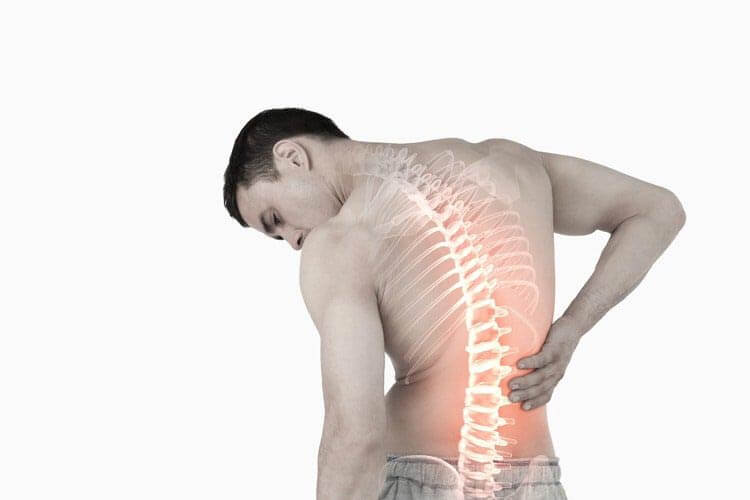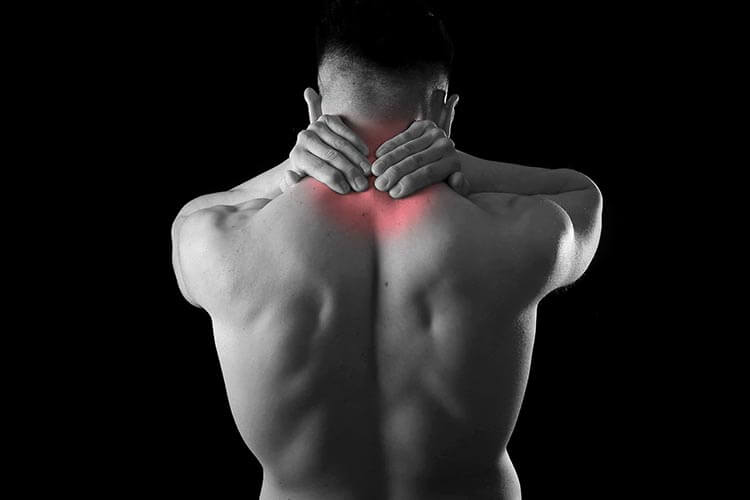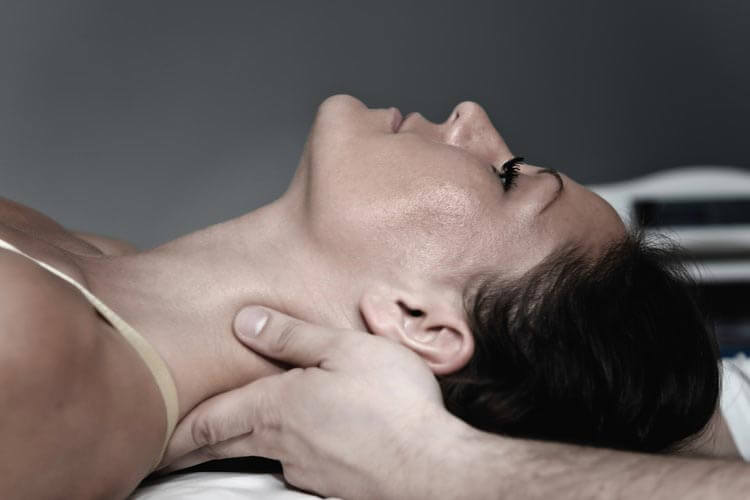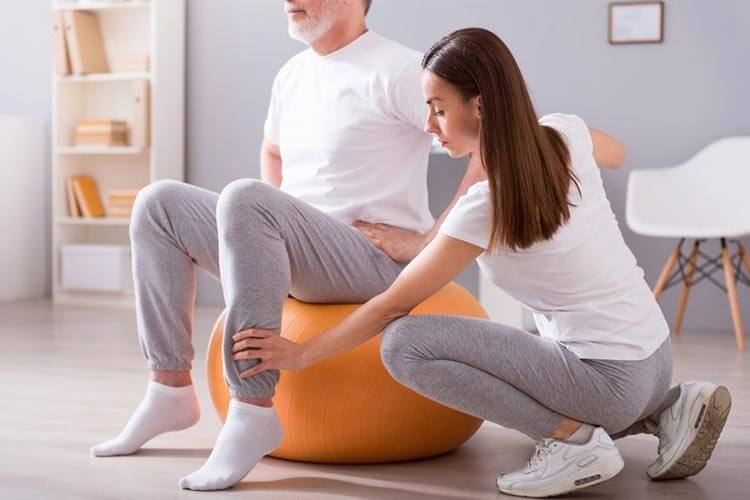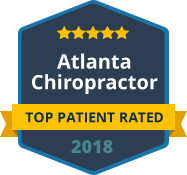Spinal Stenosis
Spinal stenosis is characterized by a reduction in the spaces within your spine. The spaces within the spine allow the spinal cord and nerves to breathe. When the available space is narrowed, it can result in compression on the nerves or spinal cord. Although spinal stenosis can occur anywhere within the spine, it is more common in the neck and lower back.
The condition is most often a result of degenerated disc material resulting from osteoarthritis. In particularly severe cases of spinal stenosis, you may require surgery to increase the space within the spine. Symptoms of spinal stenosis differ depending on where in the back the condition develops.
Numbness, tingling or weakness in the limbs, hands, or feet may indicate spinal stenosis in the neck. Sufferers may also experience issues when walking, poor balance or a loss of normal bladder or bowel function. Cramped or painful legs when standing for prolonged periods of time may indicate spinal stenosis in the lower back.
Treating Spinal Stenosis
It is important to receive therapy in conjunction with any medications you have been prescribed. If you do not stay as active as possible it can lead to a weakening of the muscles. Physiotherapy will help you increase your spinal movement, and improve walking and balance.
It is also important to explore lifestyle changes as part of your spinal stenosis treatment. Georgia Spinal Health & Wellness can help you make necessary adjustments to your daily life while focusing on your overall well-being. Effective treatment requires a number of essential elements working together, creating a more harmonious balance between body and mind.
Take the first steps toward improving your mobility and managing the symptoms of spinal stenosis. Contact Georgia Spinal Health & Wellness today so we can set up an appointment for an assessment.


